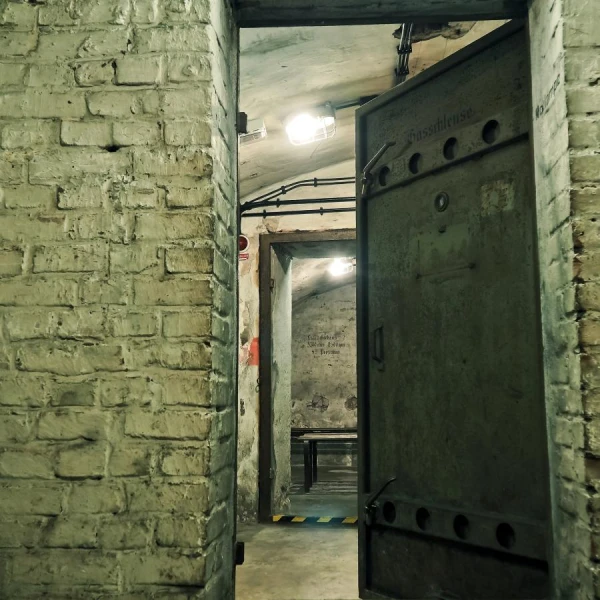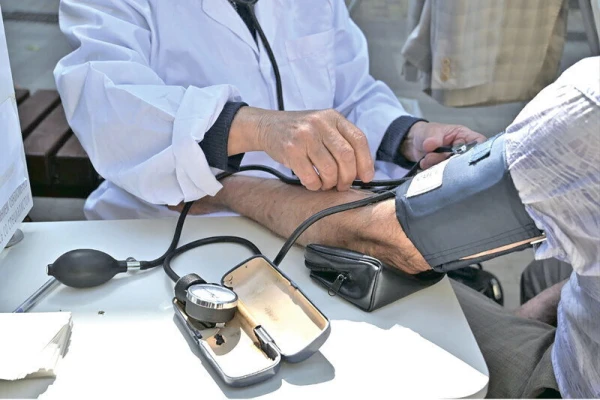
In case of danger, pets cannot be brought into the shelters located in the Olaine region, according to the rules for the use of municipal shelters approved by the district council.
Shelters are rooms in municipal buildings where residents can temporarily take refuge to reduce the impact of hazardous factors arising in the event of a disaster, military invasion, or war. Shelters in municipal buildings are equipped according to the assessment of the State Fire and Rescue Service (VUGD). They are created in the basements of buildings, underground floors, as well as on ground floors, to reduce the impact of the shock wave from an explosion and shrapnel.
At the entrance to the building where a shelter is equipped, a shelter sign is placed in accordance with the recommendations of VUGD.
It has been established that the rooms of shelters, which are used for the needs of the institution in everyday life, are prepared and equipped according to the needs of the shelter within 24 hours after a public announcement of a possible threat. During the performance of the institution's immediate functions, the shelter is primarily intended for those individuals who are in this institution at the moment of the relevant threat. The responsible employee makes a decision on allowing other individuals into such a shelter, taking into account the capacity of the shelter.
The rules stipulate that in the event of a threat announcement, designated responsible employees open the doors of the shelter, maintain public order, ensure access to rooms or groups of rooms for individuals with limited mobility, and monitor compliance with sanitary and hygiene requirements in the premises for 24 hours. It is also necessary to monitor compliance with the requirements for living conditions and comfort in the premises or groups of premises, as well as compliance with fire safety requirements in the shelter premises.
These employees, if necessary, provide first aid supplies, offer seating and lying places, and, if necessary, provide special tools that help clear exits from debris.
The municipality has also established behavior norms that must be followed in shelters. In particular, it is necessary to assist individuals who are physically unable to enter or exit the shelter on their own, adhere to fire safety rules and other safety-related regulations, and avoid conflict situations. Noise is prohibited in shelters; conversations should be quiet, with respect for all individuals present in the shelter, and to the best of their ability, individuals should provide necessary assistance to those in the shelter.
Additionally, others should, to the best of their ability, support the responsible employee of the municipal institution who is in charge of the entrance to the shelter and maintaining order within it, take measures to prevent panic or reduce its consequences, and immediately inform the responsible employee of the municipal institution about situations that threaten or may threaten individuals in the shelter. Those in the shelter should also cooperate with other individuals present and adhere to sanitary and hygiene norms.
It is prohibited to bring pets into the shelter, except for service dogs or guide dogs. The consumption of alcoholic beverages and intoxicating substances, smoking, using open flames, and bringing flammable liquids are also prohibited.
The shelter must be evacuated after receiving notification from the responsible services.













